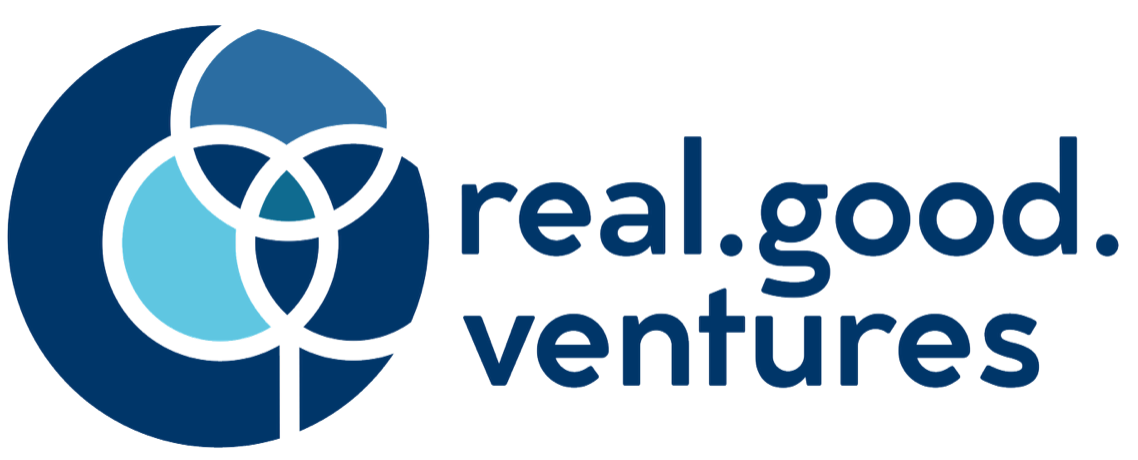Your People Will Determine Your Digital Success
If you’re reading this, chances are that you are likely somewhere in the process of adapting your business to be more digital (and if you’re not – take this as your sign that you should be!).
In her groundbreaking study in partnership with Harvard and Salesforce, famed innovation expert Linda Hill found that 97% of the 1,700 executives surveyed said their companies would not remain competitive unless they embarked on a digital transformation.
Not only must companies offer high-quality goods and services, but the way they deliver them matters much more than in the past. Digital native customers are expecting their interactions with companies to be as fast and intuitive as tapping out a text. And just because you’re not a tech company or Amazon doesn’t mean you get a pass – even B2B companies and service providers need to step up their digital game.
What is the secret sauce to making your business more digital?
A few years ago, having the best tech stack and technical skills were the most critical elements to this digital switch. But Linda Hill shares that people are the most important element now. it is all about how your employees will execute your digital adaptation.
7 guiding principles for successful execution
Linda Hill identifies a short list of essential components for executing your company’s digital transformation, and all 7 have to do with people (read the survey summary shared by Harvard here):
Recognize the emotional side of the change – Companies that consider the effects of this rapid-period of adaptation on their employees reported greater and faster progress.
Align your employees around a customer-centric narrative – The sense of collective identity keeps employees aligned and committed to working in the new ways demanded of them in the digital era.
Upskill your talent - While not everyone needs to be able to code or understand the underlying dynamics of artificial intelligence, participants say that almost all employees need a "basic understanding and comfort" of working with data that may require training.
Address the resistance to data-based decisions – Some team members might consider the use of AI in decision-making dehumanizing. Discuss this openly and steer towards a data-informed culture, rather than a data-driven one.
Better connect leadership with the rest of the organization – Executives often have less contact with customers as they advance. Leaders need to empower their employees to take ownership of customers’ problems and innovate on their behalf.
Create more connections outside your company – 44% of respondents view continuous learning as key to success in the digital era, suggesting visiting innovation hubs and interacting with those in different industries as ways to fully see the possibilities of a digital future.
Develop ethical practices and compliance - Leaders must articulate the values and principles that should guide how employees resolve inevitable ethical questions and create processes and habits that reinforce desired actions.
Hill is right: your people make or break you
Frankly, we love that Linda Hill stresses the importance of people in execution because we believe that people strategy drives business strategy. At RGV, we use an approach called Line-of-Sight to help our clients improve their execution, and that approach is all about people.
The Line-of-Sight principle is simple: your employees’ perception is reality. If your employees don’t understand your strategy, your strategy is useless. If your employees think they are incentivized to cut costs rather than deliver great service, your costs will be low and your customer experience will be bad. This is true whether companies are trying to be more digital or just want to be more profitable.
Why don’t you ask your employees how to execute better?
Line-of-Sight uses rigorous surveys to accurately measure how employees perceive how their company operates. Believe us, this is the most accurate picture of your company’s performance you will ever have. CEOs tend to have a rosier picture than their employees (known as the “leadership knowledge ceiling”) because they can’t be as plugged into the details as their employees.
The hard truth is, unless you use a tool like Line-of-Sight, you don’t really know what is happening in your organization.
If you are making your company more digital, or if you’d like to improve your profitability by executing better, give us a call. We can discuss how other companies have done it, and how you can do it too.
